Manipur Rajbari in Shillong: A Heritage Lost to Mismanagement and Silence
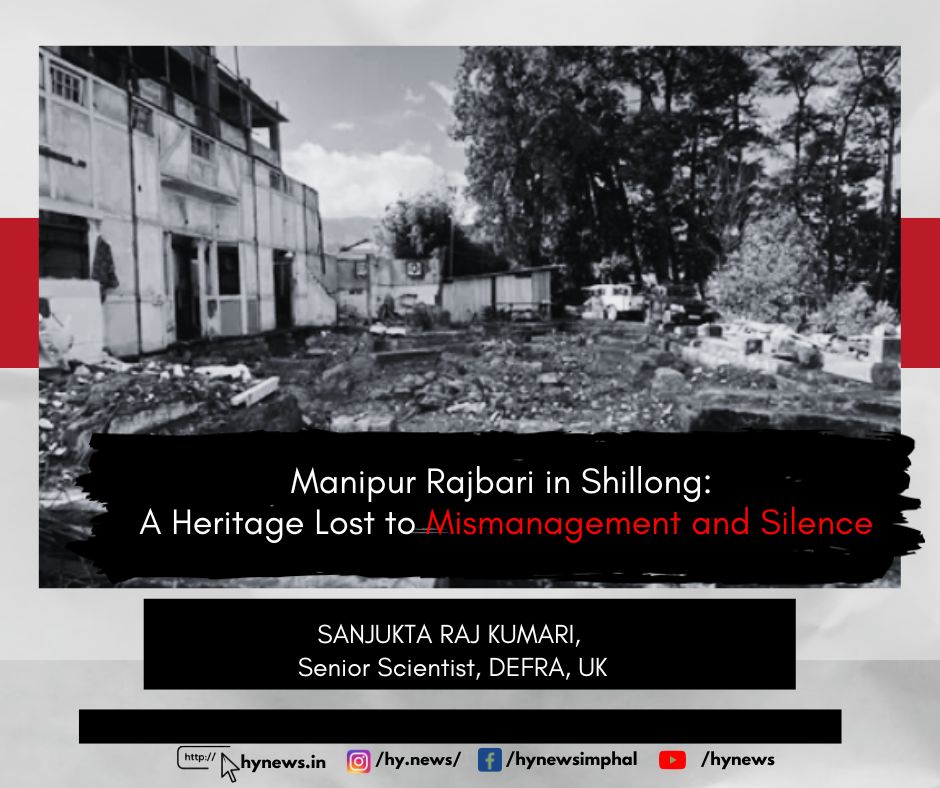
Text Size:
The demolition of the Manipur Rajbari in Shillong is a deep loss for the people of Manipur and the Northeast. Once a symbol of history and identity, the Rajbari stood at the site where the Manipur Merger Agreement of 1949 was reportedly signed under duress, a defining moment in the state’s political history.
What was meant to be a restoration project funded by the North Eastern Council has now turned into an irreversible loss. Instead of preserving the original structure, the project resulted in the complete demolition of the historic Rajbari, to be replaced by a modern concrete replica.
A Site of Deep Historical Meaning
The Rajbari was more than a building. It was a living link to a moment that reshaped Manipur’s destiny. It bore witness to the signing of the Merger Agreement by Maharaja Bodhachandra Singh, marking the end of Manipur’s centuries-old monarchy and its merger into the Indian Union.
For many, the site represented both pride and pain. Pride in its royal legacy and pain in its forced surrender. Its preservation was not merely about architecture, but about honoring memory and history.
Restoration Gone Wrong
The NEC-funded project was intended to restore and conserve the Rajbari. However, it was entrusted to contractors without experience in heritage restoration. Without qualified conservation architects, historians, or local heritage experts, the work quickly went off course.
Instead of careful restoration, the building was dismantled and demolished. Plans to rebuild it as a modern replica stripped it of its authenticity and replaced cultural memory with concrete uniformity. All parts of the original structure should have been carefully reused in the reconstruction to preserve heritage and maintain a tangible link to history.
This was not deliberate destruction but the result of mismanagement, lack of expertise, and poor oversight. For heritage, such failures are as damaging as intent.
Lack of Responsibility
One of the key issues in this tragedy was the absence of clear responsibility. Departments and officials did not have a single accountable authority for overseeing the restoration. There was no transparent chain of command to ensure proper monitoring.
This lack of clarity meant that even well-intentioned efforts could not succeed. Heritage preservation requires responsibility, coordination, and accountability, all of which were missing in this project.
A Time for Introspection, Not Politics
It is tempting to turn the demolition into a political debate. But the true lesson of the Rajbari lies elsewhere. This is a moment for the Manipuri community, heritage institutions, and citizens to introspect. We must ask why we allowed a historic site to be destroyed and why even well-meaning interventions could not succeed.
The tragedy is a collective one. It exposes systemic weaknesses in project execution, coordination, and community action. Before pointing fingers at political parties, it is crucial to recognize our own role in safeguarding heritage.
The Way Forward
To prevent such a loss in the future, several steps are necessary. First, an independent review of the project’s planning and execution must be conducted. Second, all heritage projects should involve conservation professionals and historians from the outset. Third, local organizations and heritage advocates must be included in monitoring restoration projects. Fourth, a single, identifiable authority should be responsible for heritage projects. Fifth, all parts of the demolished Rajbari should be carefully reused in the reconstruction to preserve its historical integrity. Finally, the Rajbari site should be converted into a heritage memorial to acknowledge both its historical importance and the lessons learned.
Lessons from the Rubble
The fall of the Manipur Rajbari is more than a bureaucratic error. It is a warning that heritage cannot be rebuilt once destroyed. This should inspire reforms that empower citizens and organizations to act effectively before history is lost.
This is not a time for public outrage or copying the act at other sites. It should serve as a moment for reflection, vigilance, and collective responsibility. Heritage preservation is about safeguarding identity, memory, and dignity. When responsibility is absent, even the best intentions cannot prevent irreversible loss.
Let this be a lesson for all of us. Protect heritage proactively, act with knowledge, and ensure accountability.

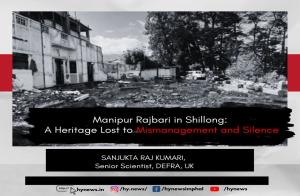







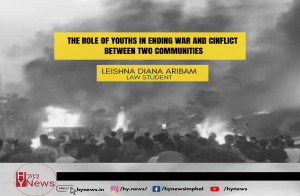

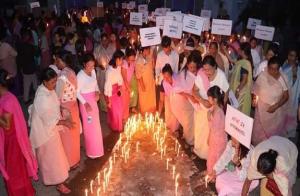
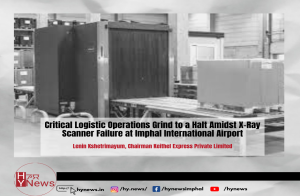


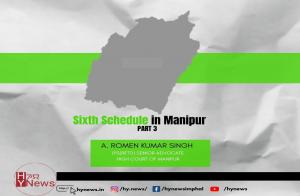
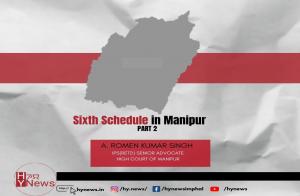











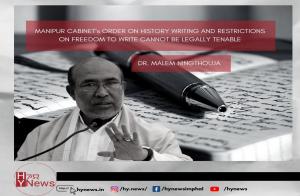
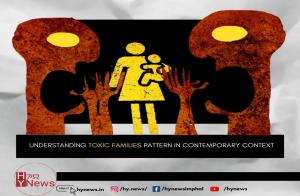






Leave Comments